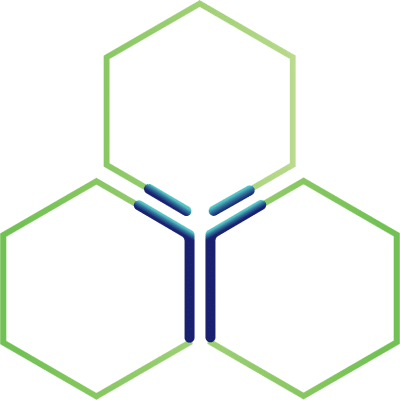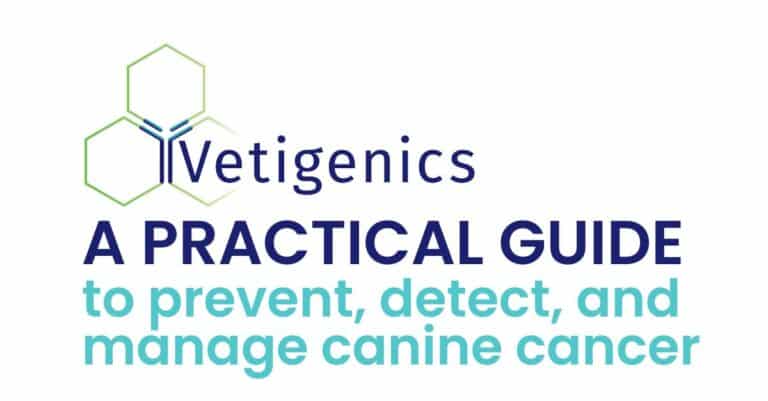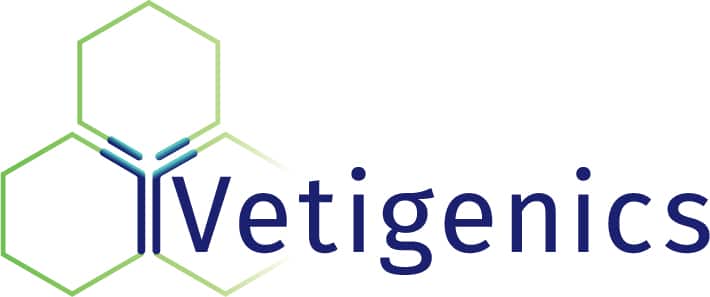News
Vetigenics Launches CHECKMATE K9, First Dual Immune Checkpoint Inhibitor Study in Dogs with Solid Tumors
June 25, 2025
In a research initiative inspired by landmark dual immune checkpoint inhibitor (ICI) studies in human cancer, Vetigenics today announced dosing...
Read More
New eBook Explores the Changing Landscape of Canine Cancer – Featuring Vetigenics
June 2, 2025
A Practical Guide to Prevent, Detect, and Manage Canine Cancer is a new eBook produced in partnership with INNOVATION News Network.
Read More
How Pet Dogs Are Helping to Advance Lymphoma Breakthroughs
May 19, 2025
Back in 2018, nine pet dogs suffering from various types of cancer participated in the clinical trial of an immunotherapy...
Read More
Vetigenics: Bridging biotechnology and veterinary care for a healthier future
February 21, 2025
Vetigenics is transforming the treatment of challenging diseases in pets with innovative technology that generates best-in-class antibody therapies.
Read More
Vetigenics secures $6 million seed financing, sees meaningful clinical progress
February 3, 2025
Pet biotech establishes board of directors, looks ahead to therapies for autoimmune disease, obesity and allergy.
Read More
Looking back, looking forward: Penn’s CAR-T program continues path of progress
August 28, 2024
In 2018, at the height of the chimeric antigen receptor T-cell therapy revolution and in the heart of its implementation,...
Read More
Could pharma’s blockbuster immunotherapies work in dogs?
July 9, 2024
Vetigenics believes it’s found a way to make pricey antibody-based technologies more accessible for animals. Read More
Read More
Vetigenics begins canine bladder cancer trial
May 23, 2024
Animal Health | Headline Analysis US start-up Vetigenics has commenced its pilot clinical trial for a canine anti-cPD1 monoclonal antibody....
Read More
First canine patient receives Vetigenics’ fully canine anti-CTLA4 monoclonal antibody for oral melanoma
November 7, 2023
Two fully funded pilot studies to treat cancer free for pet owners who bring their dogs to research sites. PHILADELPHIA,...
Read More
Vetigenics’ Canibody platform attracting more potential collaborators
June 30, 2023
US pet therapeutics start-up Vetigenics is seeing increased interest from potential collaborators in its Canibody. Adriann Sax, the co-founder and...
Read More









